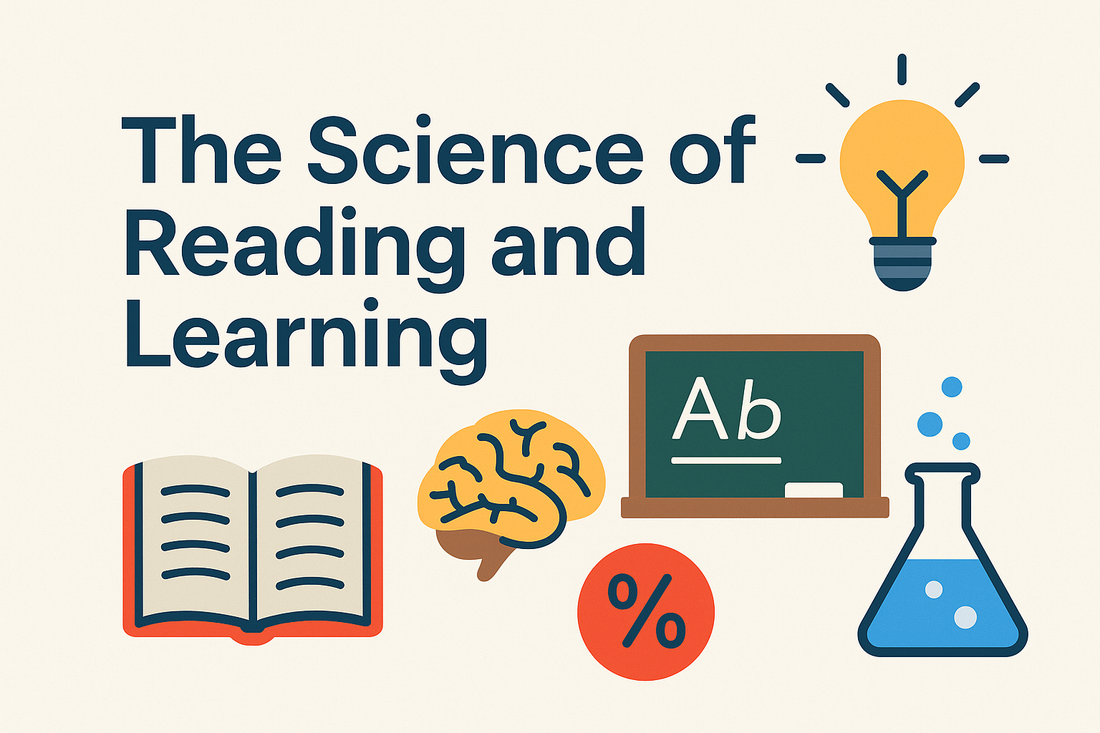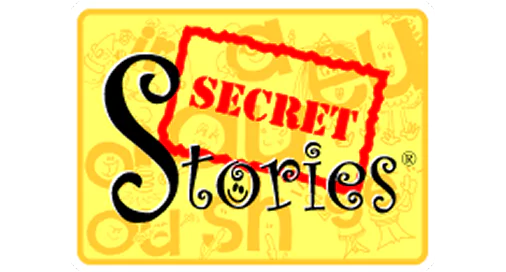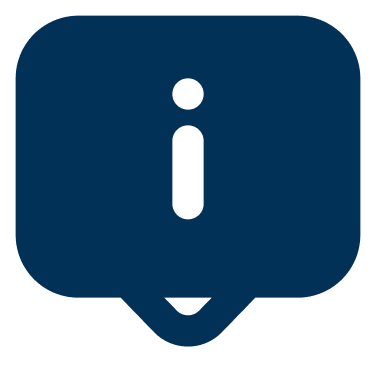
3 Science of Reading Assumptions to Reconsider and how the “Science of Learning” Can Refocus Our Practice
Share
The Science of Reading (SOR) movement has brought enormous change to schools over the past few years. We’ve seen new curriculum, new resources, decodable texts replacing leveled books, and assessments swapped out after decades of use.
These shifts matter. But as Mark Seidenberg reminds us, there is still work to do—not only to incorporate research on reading, but also to better integrate what we know about how students actually learn. If we want instruction to stick, we must balance the science of teaching with the science of learning.
In this post, we’ll examine three assumptions within the Science of Reading and consider what the science of learning adds to the conversation. (Adapted from Mark Seidenberg’s Yale Child Study Center Talk, Where Does the Science of Reading Go From Here?)
1. We Need More Than Just the Science of Reading. We Need More Science
Seidenberg (2023) notes: “We need more science in the Science of Reading.”
That includes:
- Research on translation to practice. We still lack robust evidence about how best to move findings from labs into classrooms.
- Active open-mindedness. As Adam Grant reminds us, thinking like a scientist means not only having an open mind, but also searching for reasons we might be wrong and revising our views when the evidence shifts.
- Understanding for whom and under what conditions instruction works. For example, Papadopoulos et al. (2020) highlight a proportion of children who learn to read accurately and efficiently even before formal instruction.
This raises an essential question: Does everything need to be explicitly taught?
Explicit vs. Implicit Learning
Reading is not biologically natural like spoken language, so explicit instruction is essential—especially for our most vulnerable learners. But implicit learning also has a role.
“Much, if not most, of what children learning to read in English come to know about orthographic–phonological relationships is acquired through implicit learning.” – Hoover & Tunmer (2020)
- Explicit learning: Structured, teacher-guided, systematic, with clear goals.
- Implicit learning: Natural, unconscious, and often unnoticed.
Consider a student introduced to the au/au “secret.” Ten minutes later, you overhear them writing saw and farm and spotting August in a book. With minimal explicit input, they’re already generalizing the pattern through implicit learning.
As Seidenberg puts it: “Explicit instruction is there to scaffold statistical/implicit learning. But only as much as needed, and not one bit more.”
Where Secret Stories fits:
- Leverages both explicit and implicit learning by connecting patterns to feelings, behaviors, and embedded mnemonics.
- Gives students the “back-door” access to phonics patterns by rooting them in brain systems that develop earlier.
- Lets students apply new learning independently and flexibly, moving beyond rote practice.
2. “You Can’t Have Too Much of a Good Thing”… Or Can You?
One common SOR assumption: Extra phonics practice isn’t harmful, even if some students don’t strictly need it.
While additional practice is necessary for many learners, too much of the same practice can waste valuable instructional time.
Picture a first-grade classroom in February:
- Some students are still blending CVC words.
- Others are ready for multisyllabic texts.
Yet the entire class may spend 90 minutes on the same phonics skill, too easy for some, too hard for others.
So the real question is: Why wait to give students access to the code they need?
Where Secret Stories fits:
- Provides differentiated access to phonics skills.
- Allows students to read and write words (like farmer) even before “r-controlled vowels” appear in the scope and sequence.
- Moves instruction at the pace of student needs, not the limitations of a program.
The ultimate goal of phonics is not memorizing rules, it’s getting kids to actually read words.
3. Heavy Phonics Work ≠ Effective Learning
Another assumption: Significant classroom time should be devoted to teaching students complex phonics rules and terminology.
In practice, this can add unnecessary cognitive load without advancing reading.
Seidenberg reminds us:
“The goal is to facilitate cracking the code, not teaching the code.”
Where Secret Stories fits:
- Strips away unnecessary terminology and focuses on what helps kids read and spell words now.
- Prioritizes efficient, behavior-based patterns over abstract categories. (For instance, kids don’t need to know the term diphthong to read how.)
- Frames phonics rules as logical, predictable behaviors instead of endless “rule–exception” cycles.
Or as Seidenberg says:
“Phonics does not need to be hard. We make it hard.”
Final Thoughts
The Science of Reading has reshaped instruction in important ways. But to truly accelerate learning, we must also draw on the science of learning, recognizing the interplay between explicit and implicit learning, avoiding unnecessary slowdowns, and focusing on efficiency over complexity.
When phonics instruction prioritizes application, flexibility, and meaning, students don’t just learn about the code; they use it to read, write, and thrive.






